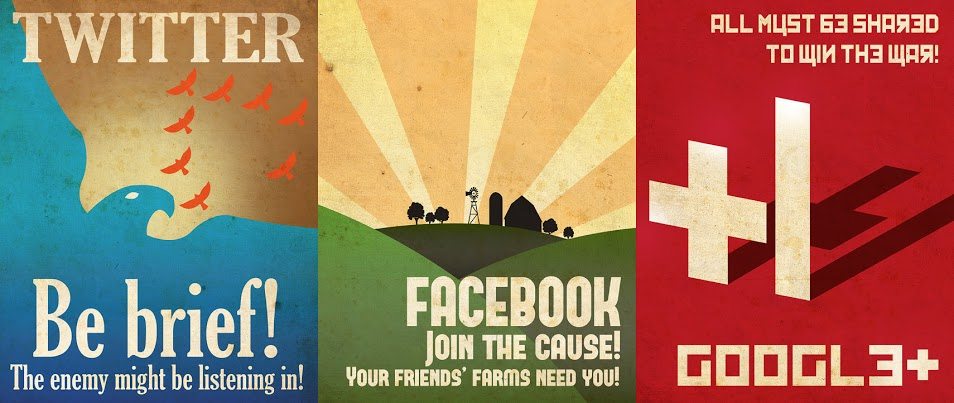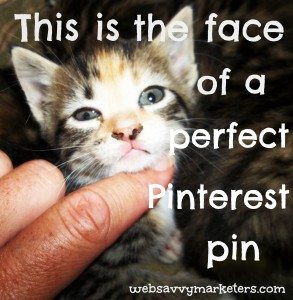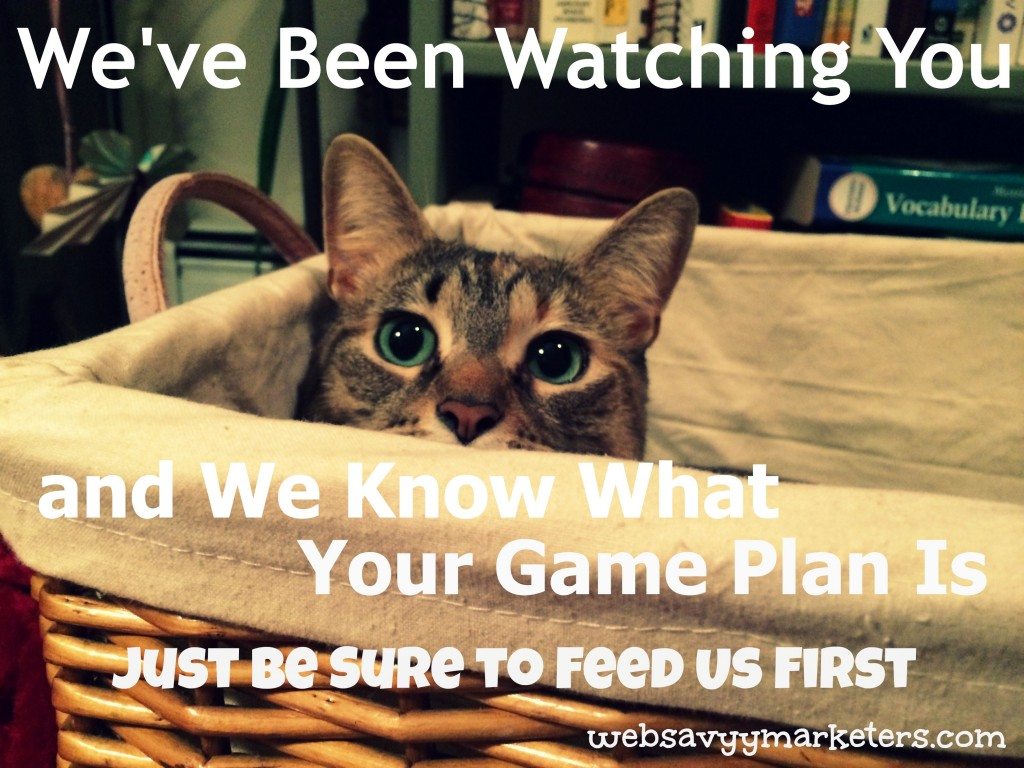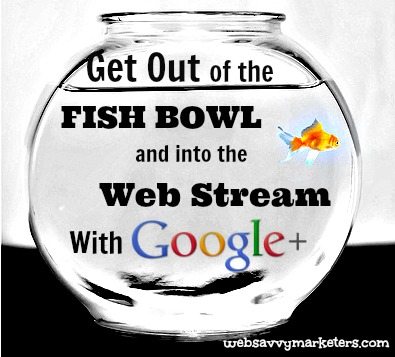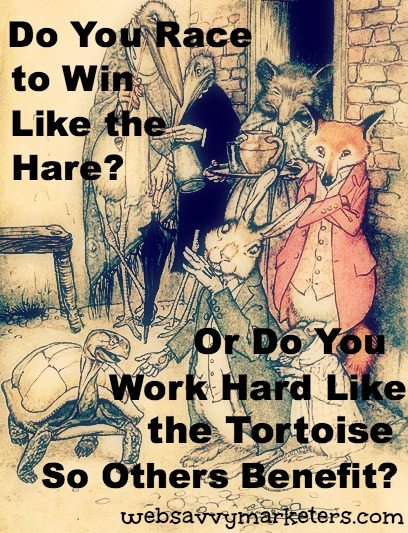 Transparency in marketing is absolutely necessary in today’s world of social media. But is it really possible to have marketing ethics?
Transparency in marketing is absolutely necessary in today’s world of social media. But is it really possible to have marketing ethics?
The American Marketing Association outlines its statement of ethics with the core values of honesty, responsibility, fairness, respect, transparency, and citizenship. This is how you build relationships. This is how you enhance consumer confidence.
Is a miracle is required for marketers to make this happen?
Will brands still try to wiggle out of these high standards of marketing ethics when social media accountability looms over every marketer’s head? Is there room to have a personal opinion as a marketer or business owner when even secret recordings revealed to the world can herald your demise?
“Thou shalt have no other gods in advertising but truth,” agreed the Associated Advertising Club in 1911 as its first rule in The Ten Commandments in Advertising.
Target’s Chief Marketing Officer Jeff Jones applied this rule of truth when Gawker published an anonymous rant by an employee. By being willing to admit the company’s failings, he tried for transparency and optimism in his letter of response, The Truth Hurts.
The best of the ten commandments gets more specific with number seven. “Thou shalt not lie, misstate, exaggerate, misrepresent, nor conceal; thou shalt not bear false witness to the public, but thou shalt be fair to thy merchandise.”
Can we expect fairness and truth online from the public sphere of marketing and advertising or allow a Wild West of order? And where do you draw the line when companies are beginning to think of themselves as publishers of information?
The shift from hawking products and services to providing valuable content and engaging on social media should mean more listening and better service from marketers. All the new channels of communication allow companies to reach their audience better and give their audience the access that they desire.
It also allows brands more wiggle room.
How can marketers stay within the lines of ethical standards when so much is demanded of them? What are some benchmarks marketers can use to establish marketing ethics?
Here are some basic rules to follow for a business as well as a public profile:
1. Avoid all defamatory or libelous comments.
Since you are legally responsible for anything said by you or your business, be careful to avoid all statements that could damage someone’s reputation. Because businesses are now able to act as a media channel, the same rules that journalists should follow apply to a business.
The greater your public profile, the harder you can fall. Anything posted on social media applies.
2. Stay away from controversial topics like politics and religion.
If there’s anything that’s guaranteed to put your brand in hot water, it’s taking a stand in a political or religious debate. Social media is meant to give a business a personal context, but these subjects have the potential to offend and alienate people.
So unless you want that kind of spotlight on you, avoid it like the plague.
3. Know and follow the rules for each social media network.
It’s always wise to understand the terms of service for the information that’s posted on a social media site. For instance, Facebook’s terms of service states that for all content covered by intellectual property rights – like photos and videos – you grant “a non-exclusive, transferable, sub-licensable, royalty-free, worldwide license to use any IP content that you post on or in connection with Facebook.”
Twitter’s rules includes permanent suspension of accounts with updates that consist mainly of links and not personal updates, posting duplicate content over multiple accounts, or multiple duplicate updates on one account.
4. Show professionalism.
Merriam-Webster defines professionalism as “the skill, good judgment, and polite behavior that is expected from a person who is trained to do a job well.”
The best way to stay on the safe side of the ethical boundary line is to say things online that you would be agreeable to saying aloud at a client meeting or sharing with everyone at an important public event.
When Benchmark responded to a dissatisfied customer’s tweet, a representative exhibited the opposite of professionalism, and even demanded that the customer be more professional! Worse, she made a thinly veiled threat to the customer’s future career. Benchmark recovered quickly with all the appropriate, professional actions.
5. Be truthful.
Eventually deceptive content will come back to bite you. People will realize the deception, grow dissatisfied with their product or service, and they will vent their dissatisfaction on social media. Negative word-of-mouth takes on new meaning when it’s given an audience of potentially thousands online.
Studies show that 70% of consumers trust brand recommendations from friends. This same authority can be used against a company on social media when it is less than authentic.
6. Play fair.
As this letter to the marketing industry points out, marketers can wield a mighty sword with their emotional tactics. Like telling lies, a brand’s lack of fairness will come to light sooner or later. People won’t stand for being tricked and manipulated.
Begin by offering a quality product or service that you believe in. Then observe Seth Godin’s philosophy on the good guys: “Individuals and organizations that can compete on generosity and fairness repeatedly defeat those that only do it grudgingly.”
Online accountability is ultimately a positive force, and technological advancements in cyber communication will encourage businesses to make decisions that reflect ethical standards.
Transparency may not be easy, but it doesn’t require a miracle either.



